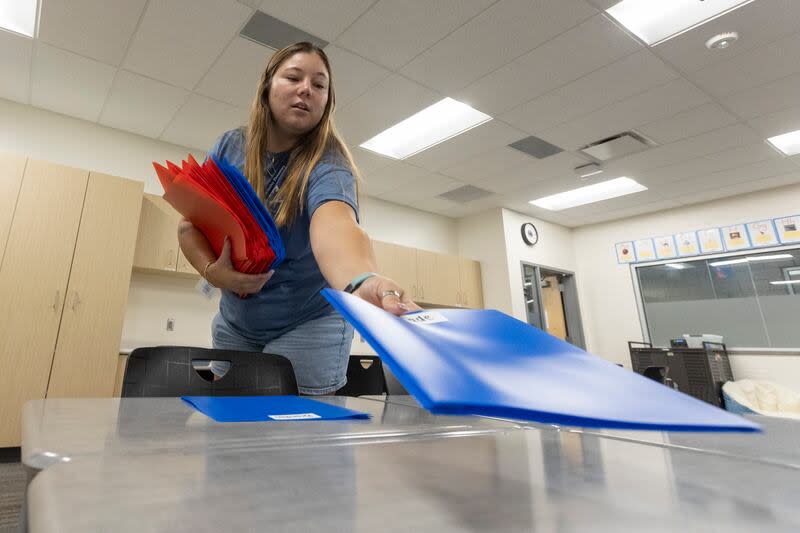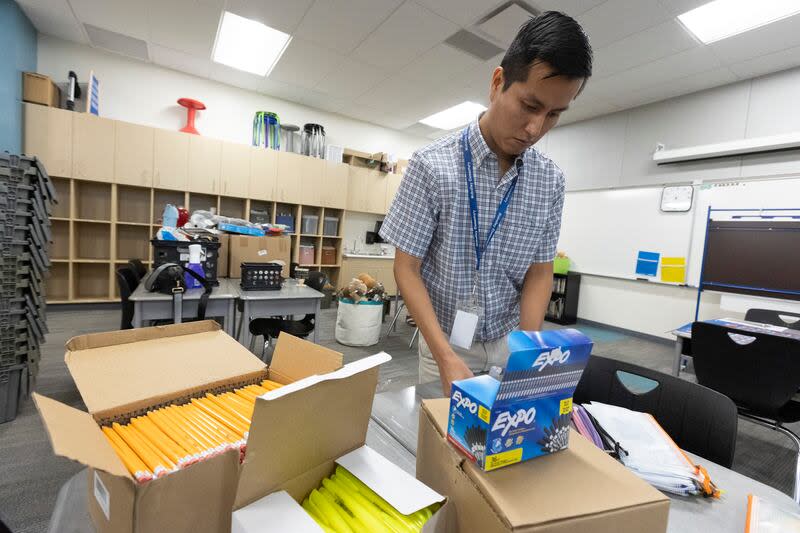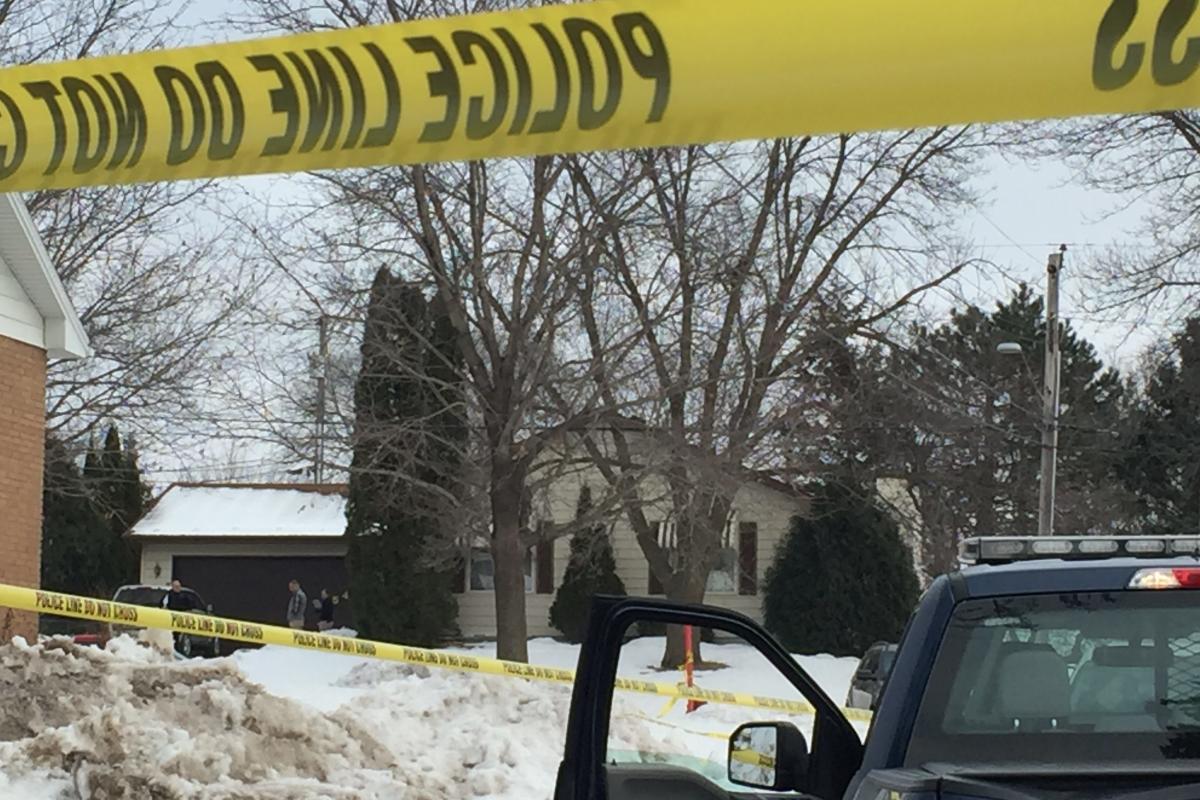At Midvalley Elementary School in Midvale, Jen Stark was hard at work Monday setting up her third-grade dual-immersion classroom in preparation for the school year that starts next week.
There’s a “buzz” at the beginning of each school year, she said, as teachers gather with administrators and other faculty members and teachers “go over our new list of friends that we’ll be hanging out with for the next 9½ months.”
And then there are the familiar smells of a thoroughly cleaned school, craft paper and clean crayons and pencils.
“It’s always exciting. It’s stressful to prepare for everything. But once they’re in the room with us, we get to teach and build a community. That’s the best part,” she said.
Like Midvale, students across the country are returning to school, most of them returning students, but also others who are new to school. There is a mix of emotions among teachers, students and their parents or guardians as the summer vacation ends and the school year begins.
For teachers like Stark, it’s exciting, but it also brings challenges that can impact student learning.
According to the results of a national survey for the Pew Research Center, teachers identified the three biggest challenges in American public schools: poverty, chronic absenteeism, and student anxiety and depression.
A national survey among 2,531 teachers in public primary and secondary education shows that poverty is decreasing in cities and rural areas.
Sixty-two percent of teachers in urban schools and 60% in rural schools said that poverty was a major problem for their students. In suburban schools, this percentage was 42%.
Chronic absenteeism, defined as students missing a significant number of school days, is a particular challenge in secondary schools. The survey results showed that 61% of teachers reported it as a major problem where they teach. Fewer teachers in secondary and elementary schools identified it as a major problem in their school, but those who did see it this way totaled 46% of secondary school teachers and 43% of elementary school teachers.
When students at Midvalley Elementary School in the Canyons School District miss a lot of school, teachers visit homes to tell parents how much their children are missed and to explain the impact chronic absences have on learning.
“Poverty often goes hand in hand with that, because there are often parents who both work or have multiple jobs. That is sometimes more important than getting children to school,” she said.
“It’s hard. It’s one of those things that we don’t have a lot of control over. We just keep trying to communicate and tell the kids that we want them there and hope that those kids help the parents to follow through and say, ‘We’re doing this fun thing at school. I really want to be there,’ or ‘My teacher really misses me when I’m not there and I feel lost when I’m there.’ So we try to let the kids be our allies in that as well,” Stark said.

According to the survey results, students’ mental health remains a major concern for teachers. Sixty-nine percent of middle school teachers and 57% of high school teachers say anxiety and depression are major problems among their students, as do 29% of elementary school teachers.
The study results suggest that the pandemic continues to have consequences for behavior and school performance.
About 8 in 10 teachers said the lasting impact of the pandemic has been “very” or “somewhat” negative.
Nearly half — 49 percent of teachers surveyed — said their students’ behavior was fair or poor. Thirty-five percent said it was good, and 13 percent described it as very good or excellent.
Stark said student behavior is one of her concerns as an educator. Midvalley Elementary has “really good systems in place, but I think post-COVID there have been behavioral issues that have been difficult. But we’re fortunate to have two social workers, school psychologists, and a principal and an assistant principal, so we have a lot of support. But that’s one of the things that’s on my radar.”
In terms of academic performance, 48% of teachers indicated that most students’ academic performance is fair to poor, while a third said it was good and 17% described it as very good or excellent.
The research findings show that teachers feel they are not getting the support or encouragement they need from parents.
Seventy-nine percent of teachers said parents don’t do enough to hold their children accountable for misbehavior at school. The survey also found that 68% of teachers said parents don’t do enough to help their children with schoolwork and 63% said parents don’t do enough to make sure their children attend school.
The survey, which was conducted Oct. 17 through Nov. 14, 2023, and reported by Pew in April, also produced some good news.
Fewer teachers see bullying as a major problem at their school. It was higher among secondary school teachers at 34%.
The margin of error for the full sample of teachers was plus or minus 2.4 percentage points.






